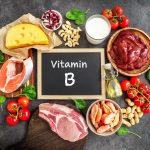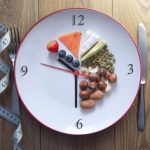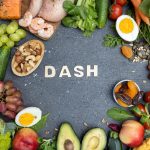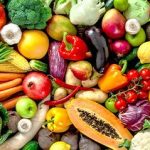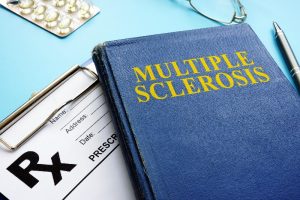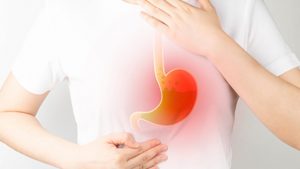
MONDAY, Jan. 23, 2023 (HealthDay News) – Trouble continues for Abbott Laboratories, which shut down an infant formula plant last year amid reported illnesses. The U.S. Department of Justice is now investigating the company, though Abbott did not say specifically what the investigation is covering, NBC News reported. “DOJ has informed us of its investigation and we’re cooperating fully,” an Abbott spokesperson said in a statement. The DOJ has declined to comment, NBC News reported. In February 2022, Abbott’s plant in Sturgis, Mich., was shut down after reports that four infants who had consumed formula made at the plant became ill. Two of the infants died. The cause was a rare bacteria, Cronobacter sakazakii. An investigation did not find the source of the bacteria. Abbott has said there was no genetic match between the infants who became ill and the formula, citing internal testing, NBC News reported. The company also said it had not found the bacteria in any of its products. Federal investigators could not definitively identify the source of the bacteria either, NBC News reported. During the Abbott plant shutdown, the country faced a shortage of infant formula before Similac, Alimentum and EleCare production restarted in June. Abbott worked with the U.S. Food and Drug Administration to bring its facility into compliance. The FDA said at that time, “the government alleges that powdered… read on > read on >












